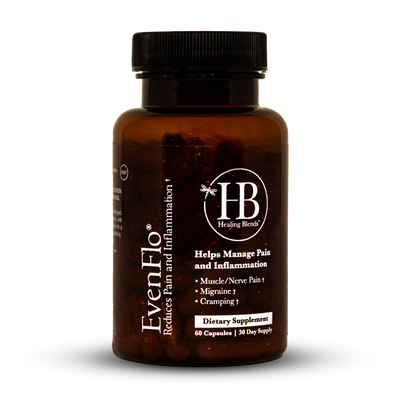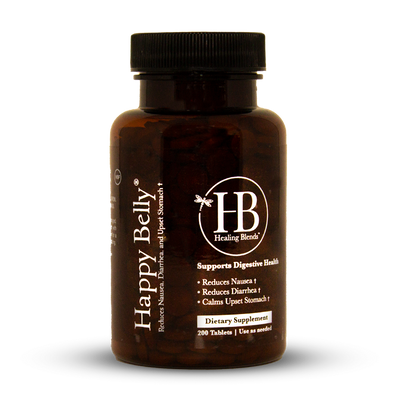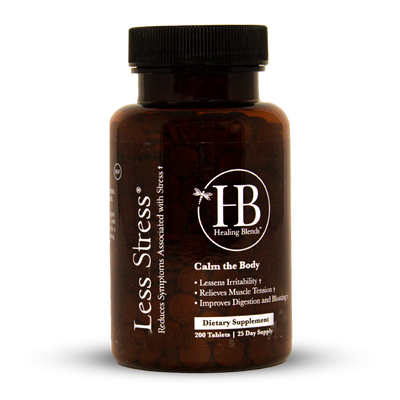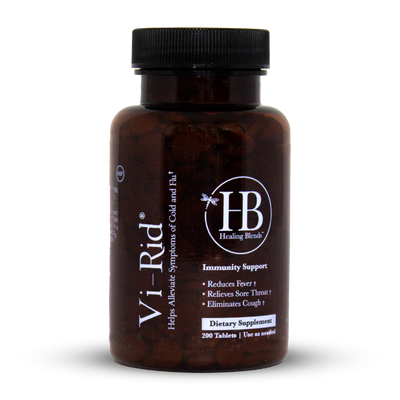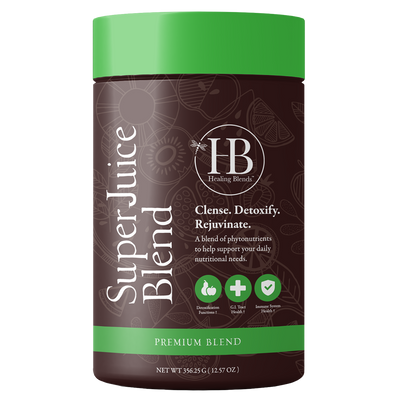Latest Sickle Cell Research

Double Blind Study Showing the Effects of Evenflo on Children with Sickle Cell Disease

Latest Sickle Cell Research
ABSTRACT FOR THE EVENFLO TRIAL AT JARAMOGI REFERRAL HOSPITAL
OBJECTIVES
To investigate the efficacy of EvenFlo versus placebo in reducing the frequency of crises due to SCD
METHODS
A total of 120 infants and children were screened and 70 SCD subjects were enrolled into the study. Subjects were randomized in a 1:1 ratio, 35 into the intervention (envelope + standard of care) group and into the control (standard of care) group. 32 (91.4%) and 30(85.7%) enrolled subjects in the intervention and control completed 6 months study follow-up. The baseline characteristics were similar between the two groups in terms of age, gender, weight, height and hemoglobin level.
RESULTS
The frequency of sickle cell disease crises was 0(0%) in the intervention group compared to 30 (97%) in the control group over the 6 months study follow up period for each subject. The most common causes of crises was Painful crisis. All the subjects from the control arm had more than one crises monthly for the 6 months duration of the study, compared to none in the treatment group. The mean {incremental} change in haemoglobin level from the baseline, was greater in the treatment arm compared to the control arm. The incremental difference in Hemoglobin level at baseline and at 6 months for the treatment group was statistically significant at 95% confidence interval, p-value 0.00 at 6 months.
The nutritional status of the study population was assessed by use of anthropometric measurements. Based on the anthropometric measurements i.e. weight and height the measurements were similar at baseline, 3 months and 6 months but with higher increase in the intervention group compared to the control group. Intervention group showed improvement in the weight index over time until the end of the study but this is not the case in the control arm.
One participant in the intervention group had an initiation side effect {diarrhea} in the first week of taking the medication.
Both groups had normal ranges of liver and kidney function tests that were done monthly until the end of the 6th month of follow up.
CONCLUSIONS
There was also a significant incremental change in hemoglobin level from the baseline for the treatment group as compared to the placebo group. Intervention group showed improvement in the weight index over time until the end of the study but this is not the case in the control arm. There was no episode of sickle cell crises amongst the treatment group for the 6 months period as compared to episodes amongst every member of the control group, which was also statistically significant. A single participant in the treatment group had a mild one day side effect after initiation of medication, that stopped and he continued taking the intervention supplement until the end of the study.
Both groups had normal ranges of liver and kidney function tests done monthly for the 6 months duration of the study while on the intervention supplement and placebo.















